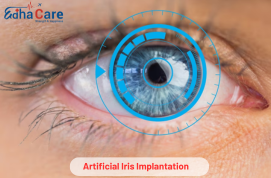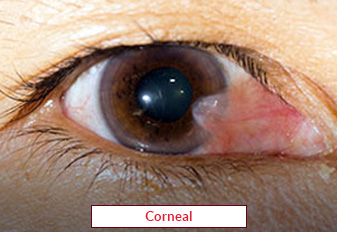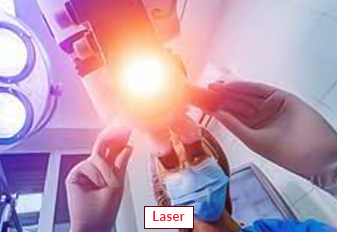Artificial Iris Implantation

A surgical procedure called artificial iris implant is used to improve the look of the eye or treat iris abnormalities. A tiny incision is made on the patient's eye, and a specially constructed artificial iris implant is inserted into the eye. The device improves aesthetics and may help with practical problems like glare or sensitivity to light (phobic symptoms) by imitating the iris' natural hue and pattern. Typically, biocompatible components are used to create artificial iris implants, which are then tailored to the individual iris characteristics of each patient. The procedure calls for meticulous preoperative assessment and postoperative care, and it is carried out by ophthalmic surgeons skilled in anterior segment surgeries.
Book an AppointmentAbout Artificial Iris Implantation
Symptoms: Patients might experience temporary symptoms such as little pain, swelling, or irritation in the operated eye following the implantation of an artificial iris. As the eye recovers, these signs usually go away in a few days to weeks.
Causes: Treating congenital iris abnormalities, iris deficiencies brought on by trauma or injury, or cosmetic issues regarding iris color or appearance are the primary justifications for undergoing artificial iris implantation.
Treatments: To manage postoperative symptoms and avoid infection, patients are usually provided topical drugs, such as antibiotic and anti-inflammatory drops for the eyes. Patients should also follow their ocular surgeon's postoperative care instructions, which may involve wearing eye protection and refraining from activities that may strain their eyes during the first healing phase. It is imperative to schedule regular follow-up sessions with the surgeon in order to monitor the healing process and manage any issues.
Procedure of Artificial Iris Implantation
Preoperative Assessment: Before surgery, patients have a comprehensive eye exam and evaluation to evaluate whether their eyes are healthy enough to undergo the procedure, as well as to talk about the possible risks and expectations.
Anesthesia Administration: To guarantee the patient's comfort and minimize discomfort during surgery, local or general anesthesia is given prior to the treatment.
Incision: To allow for the implantation of the artificial iris device, a tiny incision is made in the cornea or sclera of the eye.
Insertion of the Iris Device: Through the incision, a precisely crafted biocompatible artificial iris implant—which mimics the patient's natural iris color and pattern—is carefully placed inside the eye.
Placement and Adjustment: To attain the best alignment and visual appeal, the artificial iris device is placed into the eye. Sufficient fit and functionality are guaranteed by making any required modifications.
Closure: After the artificial iris is firmly in place, the surgical incision is stitched up with glue or sutures, and an eye cover may be applied to promote healing.
Postoperative Care: Following surgery, patients are given instructions on how to take care of themselves. These instructions include using the prescribed eye drops, refraining from physically demanding activities, and scheduling follow-up appointments to track their recovery and handle any issues or difficulties. To guarantee both the procedure's success and the patient's eye's health, routine monitoring is crucial.
Require Assistance?
Get A Quick Callback From Our Healthcare Experts






